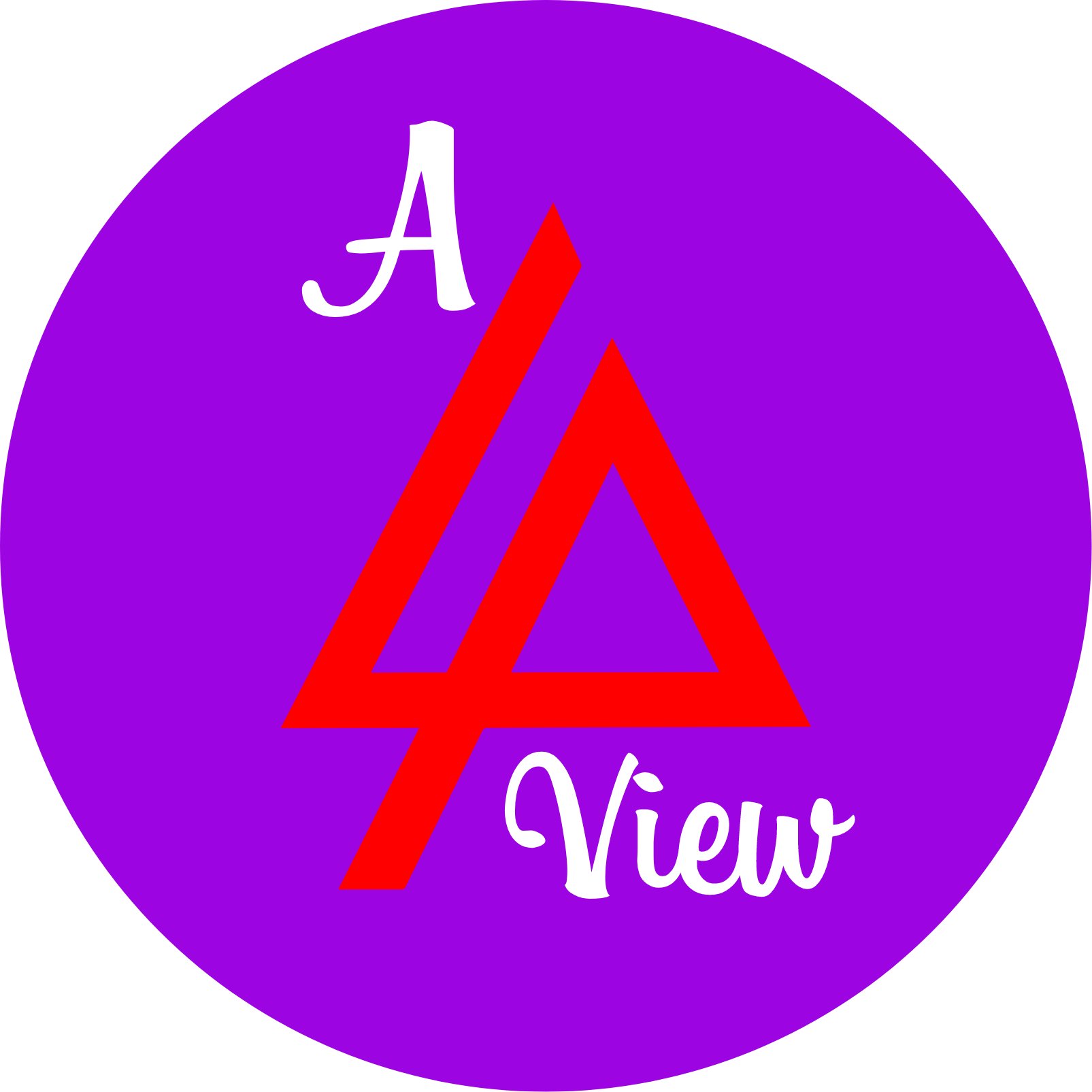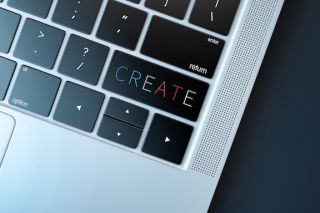CREATIVITY- The Creative Ghost in the Machine A new canvas of imagination is being unleashed by LLMs. Reviewed by Davia Sills

KEY POINTS-
- Large language models (LLMs) outpace human creativity in a university setting.
- This creative ghost enables machines to co-create with humans, expanding and complicating innovation.
- The future may mean embracing AI as partners in redefining creativity.

The landscape of human creativity is undergoing a metamorphosis of unprecedented scale and complexity. Like a tsunami of innovation crashing against the shore, the emergence of Large Language Models (LLMs) has heralded a new epoch of ideation and creation. Within this significant transformation, a metaphysical phenomenon takes shape—a "creative ghost in the machine."
The Idea Revolution and the Ghost
A recent comparison between the ideation capabilities of ChatGPT-4 and college students has presented remarkable insights that call into question human creativity and the role of artificial intelligence. ChatGPT-4 was found to generate ideas much faster and at a lower cost than human counterparts. More strikingly, the ideas produced were, on average, of higher quality, as evidenced by purchase-intent surveys, and they exhibited a greater variance in quality.
Perhaps most intriguing was the finding that the vast majority of the best ideas in the pooled sample originated from AI, not from the students. The effectiveness of "tech ideas" was further augmented when provided with examples of highly-rated ideas, increasing its performance significantly. This phenomenon, which transcends mere algorithmic pattern recognition, challenges us with the idea of a spectral presence within the machine—a "creative ghost" that defies mechanistic understanding and taps into genuine innovation.
The authors' concluding comments highlight both the powerful creative expression of AI and also the dramatic rate with which these models are impinging upon the the domain of human creativity.
It is striking that conventional wisdom prior to 2022 was that AI tools would likely be most useful in rote tasks and that creative work would likely remain the domain of humans. In some ways, the opposite is true of LLMs. The tools are not perfectly reliable oracles providing information, but their lack of judgment leads to extreme productivity and high variance in idea quality resulting, at least in one setting, in creativity greater than that of the average human.
The New Creativity: A Shared Domain
We find ourselves in an era where creativity transcends the exclusive domain of human cognition. The emergence of this "creative ghost" grants machines an essence of human-like inspiration, making them co-creators in our artistic, business, and scientific realms. It signifies a curious shift that expands the canvas of human imagination into uncharted territories.
The Messy Canvas: Complexity and Wonder
However, this boundless creativity is not without challenges. The abundance of ideas generated by LLMs might become an overwhelming torrent. How do we discern meaningful patterns amidst the deluge of innovation? The notion of a "creative ghost in the machine" offers an anchor—a metaphorical understanding of the unexplained beauty in the chaos and the elegant patterns within the complexity.
Embracing the Ghost
As navigators of this new era, we must recognize the interplay between human creativity and machine intelligence, guided by the ghostly presence of innovation within our technological marvels. It is a reflection of our technological zeitgeist, an intersection where art meets algorithm, intuition blends with intelligence, and creativity becomes a collaborative endeavor.
The "creative ghost in the machine" beckons us to embrace this wave of ideas, to appreciate the complexity, and to navigate the landscape with wisdom and foresight. Together with our spectral co-creators, we have the opportunity to redefine creativity and innovate in ways previously unimaginable.
The idea revolution has begun—a cognitive age—and the ghost in the machine invites us to explore, innovate, and create a masterpiece reflecting our complex, interconnected world. It's a call to action for thinkers, innovators, and creators—an invitation to participate in the beautiful symphony of human and machine creativity that promises to shape our future.
- Questions and Answers
- Opinion
- Story/Motivational/Inspiring
- Technology
- Art
- Causes
- Crafts
- Dance
- Drinks
- Film/Movie
- Fitness
- Food
- Games
- Gardening
- Health
- Home
- Literature
- Music
- Networking
- Other
- Party
- Religion
- Shopping
- Sports
- Theater
- Wellness
- News
- Culture
- War machines and policy

